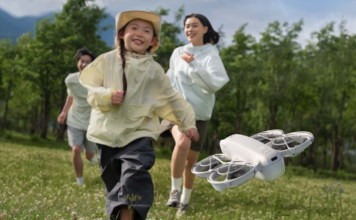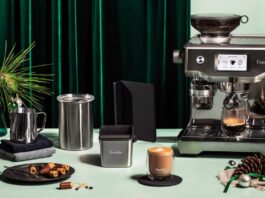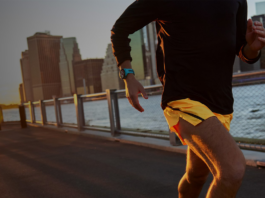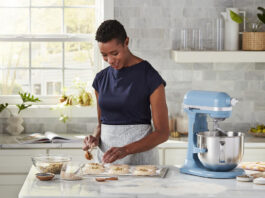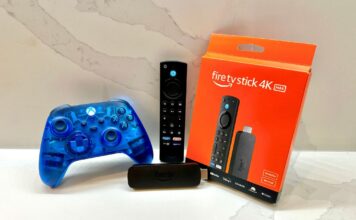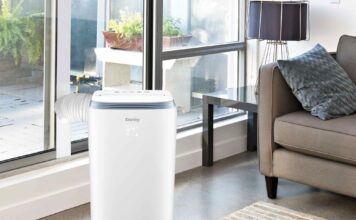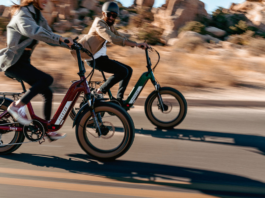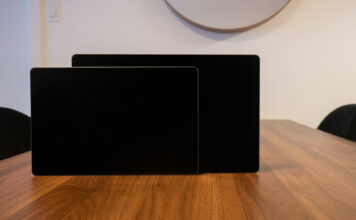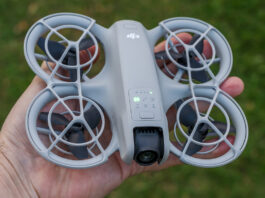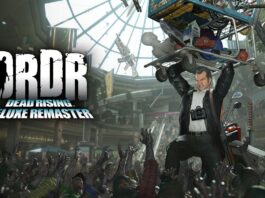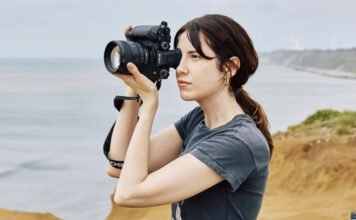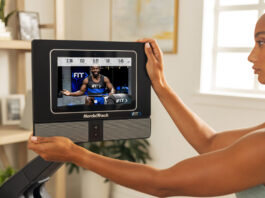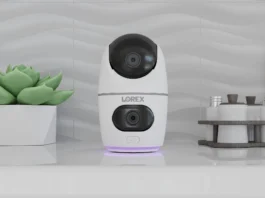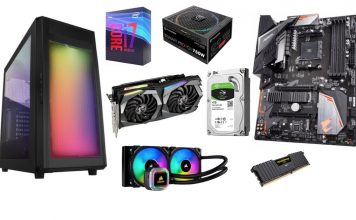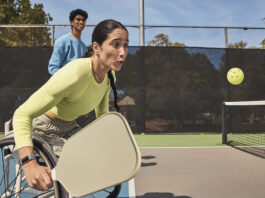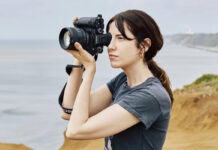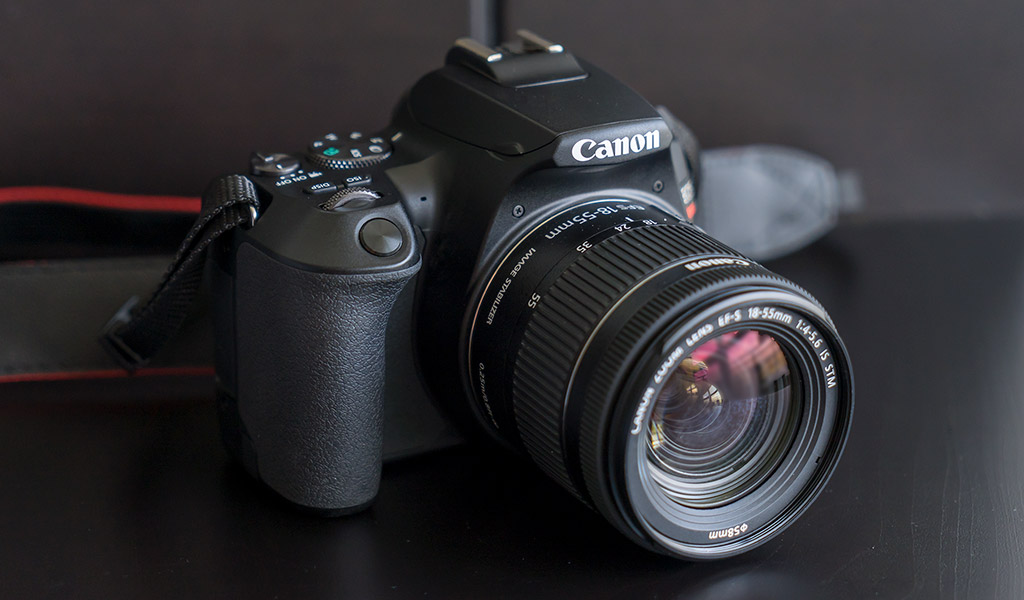
Moving up to an entry-level DSLR camera is what Canon’s EOS Rebel line is all about, and the SL3 is the latest in a legacy of breaking in new photographers.
There’s never an official graduating process to a DSLR but for Canon, the Rebel SL3 would be it. This camera is small enough to rival mirrorless cameras, yet still too big to look diminutive. It has a pretty deep feature set and the touchscreen comes in handy in more ways than one. If you were looking to take a step up from a point-and-shoot camera or smartphone, this should give you better photos.
Design
Being an SLR, the Canon Rebel SL3 has a mirror inside for the optical viewfinder. The body is nicely contoured, but what struck out more to me was the weight. Part of that was the body’s lighter build, but also the 18-55mm kit lens, which just feels feathery by comparison.
There’s a 24.1-megapixel CMOS sensor inside with a DIGIC 8 image processor capable of an ISO range of 100-25600. Dual-pixel CMOS AF (autofocus) with Eye Detection AF captures subjects by tracking the eyes. The 3-inch touchscreen LCD flips and tilts out to help take photos at different angles, though it plays a bigger role as an alternative focus and settings tool. More on that in a bit.
The camera body itself isn’t laden with a slew of buttons, and that’s partly why the body is smaller. But it’s also in line with what kind of camera this is. Prosumer models tend to have more buttons and physical controls because they’re important when shooting on the fly. The same goes for high-end mirrorless cameras.
Here, the Rebel SL3 strikes a nice balance. There’s not a lot to overwhelm you, but you still need to learn what everything does to get the most out of the camera. For example, the magnifying button doubles as an AF selection tool, where you choose one point or all of them. The Live View button also doubles as a recording button when in video mode. The Q, or set button, is the most critical for accessing settings you see onscreen. The directional pad (or d-pad) navigates everything.
Some of this may sound confusing reading it, but with time, it’s not hard to learn. That’s the premise I went on with this review.

Learning the Rebel SL3
It would be a mistake to simply get this camera, leave it on A+ mode (scene recognition) and go from there. Just having a bigger body and lens isn’t enough to snap better photos. That’s the potential here, but learning the ropes will require time with the full instruction manual.
In my case, as an experienced shooter, I got to know my way around quickly. For first-time DLSR users, however, the settings and terminologies may seem completely foreign. Don’t be afraid, keep an open mind, and you can do some great things with this.
There are seven shooting modes to rotate through on the main dial. Of those, A+, SCN and Creative Filters are the most automated. Manual, TV (shutter priority), AV (aperture priority) and Program give you more control over how you shoot.
SCN, or Special Scene, offers 12 unique preset shooting modes. They include basic ones like, landscape, portrait, kids and sports, but also smooth skin, candlelight, handheld night shot and HDR backlight control. Select one and the camera does its best to capture the scene by configuring settings on its own.
Creative Filters essentially does the same thing, though it has different presets that are more dynamic and artistic. These include grainy black and white, fish-eye, soft focus, water painting, toy camera and four different HDR modes. The HDR modes shoot three photos at different exposures to get more vivid or embossed effects.
I tested these and found them to be okay, though I would rarely use them as a more seasoned photographer. I preferred to shoot manual and in RAW, giving me an opportunity to process the images myself afterward. Those modes take some of that work away, albeit with mixed results.

Choosing a lens
I wasn’t a fan of the 18-55mm kit lens that comes with the camera. It shoots too soft, and has limited range. I can’t expect miracles from an inexpensive lens, but the Rebel SL3 uses Canon’s EF mount, of which over 300 lenses are currently compatible. If you’re serious about learning to shoot better photos, look to also get a better lens than this one.
For basic shooting, the kit lens is adequate, and as a beginner, you may not care too much. What I’ve found is that once someone exposes themselves to better glass, the desire to shoot only increases. With such wide lens support, the Rebel SL3 isn’t tied to any one lens, offering an opportunity to improve the photos it takes.
Creative Assist mode
I’ll give Canon credit for trying to guide users into getting more out of the camera. Creative Assist is an interesting addition that works in A+ mode to provide a measure of manual input. For instance, you can adjust brightness, contrast, saturation, background blur or choose to change colour tone. You can even go monochrome altogether if shooting black and white is your choice.
That’s in addition to a number of presets that help you quickly select the kind of effect you’re going for. If you want colours to pop, you may prefer Vivid. If you want something softer, soft or warm could do the trick. The rest of them are largely based on colour balance.
I can see it being a decent stepping stone to more confident control of other modes later on. While the mode doesn’t add too much context beyond brief explanations, it gives you the chance to see results on the screen itself. With trial and error, you begin to learn what would work best in any given scenario.

Photo quality
I should note, off the bat, that the Rebel SL3 only has nine AF points through the viewfinder. By default, all of them are active, but you can select a single point afterward. The quickest way to do it while peering through the viewfinder is to press the magnify button, and then the d-pad to whichever direction you want. Alternatively, if you press the Live View button, you can tap anywhere onscreen, giving you far more leeway to focus where you want.
I wasn’t crazy about the A+ mode, but that’s also because I would never shoot with a mode like that anyway. But that’s me. If you’re learning from a smartphone, it’s probably the most comfortable starting point.

The images that mode produces aren’t indicative of the camera’s performance, however. There’s better dynamic range with the more manually-controlled ones—provided you know what to do. It was in full manual that I got to appreciate how capable the camera can be, despite the lens’ limits.
Dynamic range refers to how well a camera shoots detail in really bright and really dark settings. The Rebel SL3 isn’t a showstopper in that regard, but it’s still pretty good. I was surprised that handheld night shots at 1600 ISO didn’t turn into a blurry, grainy mess. Zoomed in, the softness and lack of crispness showed, but shared on social media, the photos wouldn’t look bad at all. With a better lens, they would likely look better.
Learning how to utilize focus also makes a big difference. Canon includes brief explanations for each focusing option, which is great for instilling some confidence. Moving subjects, like kids, are easier to shoot when Eye AF can help keep them sharp. Getting creative with shot composition is also easier when tapping the screen’s own AF.
Video quality
Video is a secondary feature for the Rebel SL3, and while capable, there are some nuances to know about. First, there is a significant crop factor that reduces the angle you have to work with, which will require stepping back to get more in the frame. Second, you can only shoot in 4K at 24fps, so faster 30fps and 60fps frame rates are only available in 1080p HD.
Eye AF is actually off by default. Go to page 3 of the shooting settings menu and enable it, thus capturing people much easier. Focusing isn’t particularly fast in video mode, but it’s pretty steady, and the camera’s lighter weight does help avoid too much shake.
You can control settings like ISO, aperture, shutter speed and white balance in manual mode. You can even select some of the unique presets from the other automatic modes, in case you want a softer tone or an old movie effect.
Battery life
Canon rates the Rebel SL3 at about 1,070 shots per charge, provided you’re only using the viewfinder. If you’re in Live View often, that numbers cuts down a fair bit, though it’s hard to come up with an approximation. Despite that, the battery holds up well and can easily last through a day or two of relentless shooting.
The only thing is that the battery is in the same compartment as the memory card, so swapping out cards requires opening the hatch at the bottom. If you’re using a tripod, you probably won’t be able to reach it. Minor gripes for a camera at this level, but something worth noting in any case.
Final thoughts
The way I see it, image quality within this camera is a graduated process in itself for beginners. Start at A+, add in the SCN and Creative Filter modes, and then apply some of the newfound knowledge about shutter speed, aperture, ISO and exposure to the other modes. From my time with the camera, I observed that image quality improved with each successive level of control.
Coming from the limitations of a smartphone, especially when it comes to sensor size and optics, the Rebel SL3 will undoubtedly be an upgrade. I recommend spending more on a better lens, but you should get good shots, either way.
The Canon EOS Rebel SL3 is available now with the 18-55mm lens kit.



